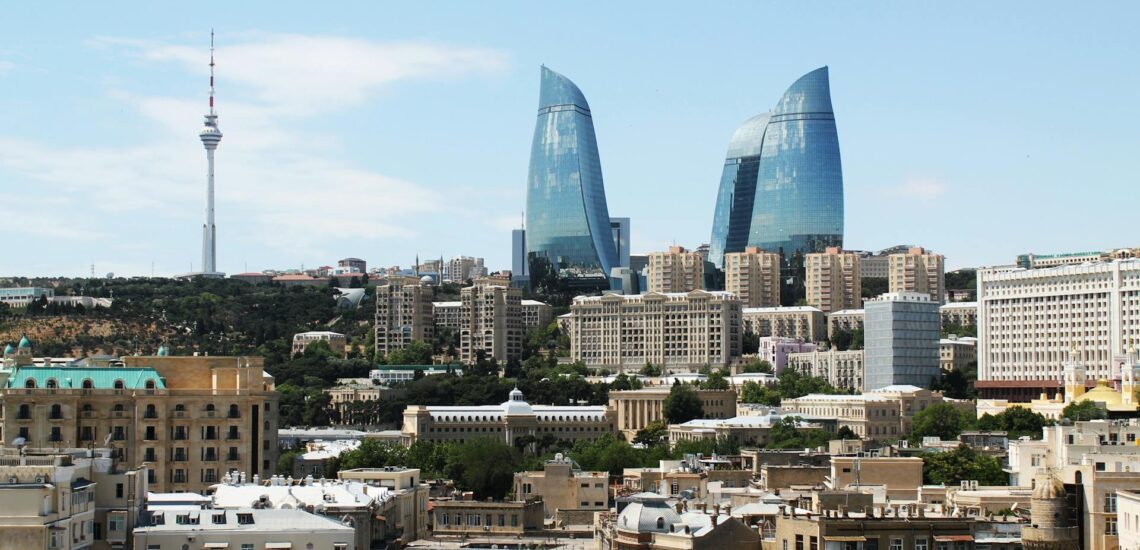Quick facts about Azerbaijan:
- Population: Approximately 10.1 million people.
- Capital: Baku.
- Area: Around 86,600 square kilometers.
- Currency: Azerbaijani Manat (AZN).
- Language: Azerbaijani.
- Geography: Located at the crossroads of Eastern Europe and Western Asia, with diverse landscapes including mountains, the Caspian Sea coast, and semi-desert regions.
Fact 1: Azerbaijan has an enclave between Armenia and Iran
Azerbaijan has the exclave of Nakhchivan, which is situated between Armenia and Iran. Nakhchivan is separated from the main territory of Azerbaijan by a strip of Armenian land and has a border with Iran to the south and the west. This geopolitical arrangement makes Nakhchivan an exclave with unique geographical characteristics. The region has historical significance and is known for its cultural heritage and historical sites.
There was also an enclave of Armenia inside Azerbaijan, but as a result of a long conflict and war in 2023 Azerbaijan captured Karabakh, most of the population of which was forced to leave for Armenia. The international community and Armenia fear a repeat of the war over the land corridor between Nakhchivan and Azerbaijan.
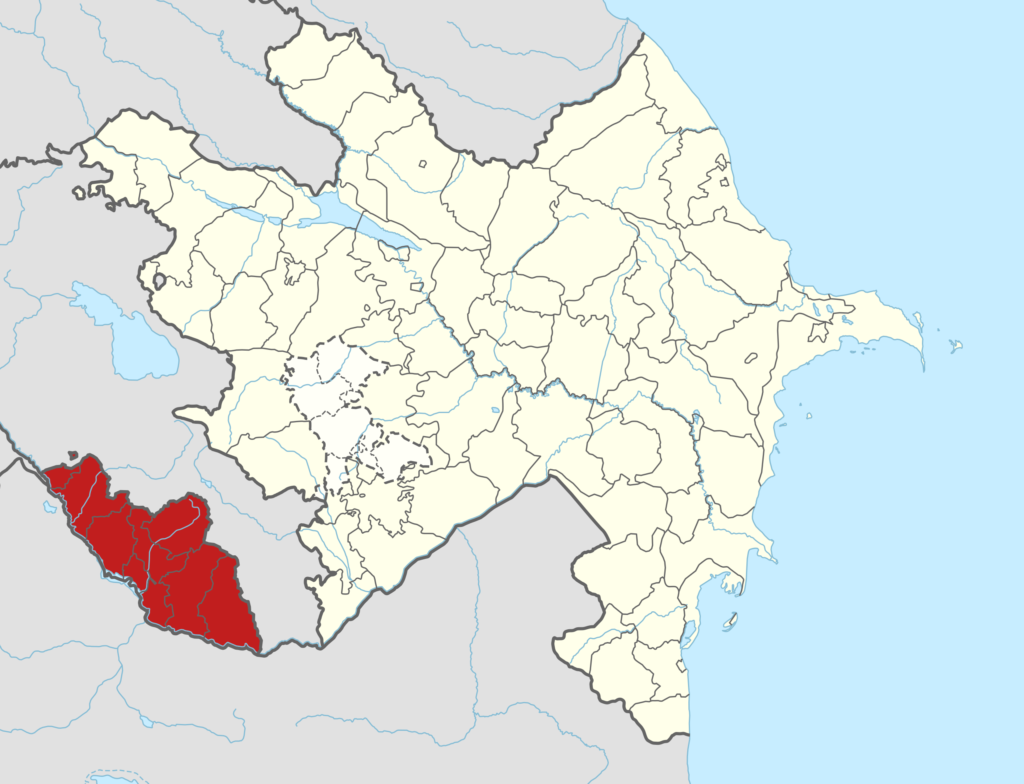
Fact 2: The name of the country translates to land of fire
The name “Azerbaijan” is believed to have Persian roots, and one interpretation translates it to “Land of the Holy Fire” or “Land of the Eternal Fire.” This name is thought to be associated with the historical and cultural significance of fire worship in the region, which has ancient Zoroastrian roots. The “eternal fire” is a symbol that has been historically revered in various cultures and religions in the area, contributing to the country’s name and cultural identity.
Azerbaijan is endowed with significant oil and gas reserves, making it a key player in the energy sector. The development of the Baku oil fields in the late 19th and early 20th centuries marked the beginning of Azerbaijan’s importance in the global energy landscape. Today, the country continues to be a major oil and gas producer in the Caspian Sea region.
Fact 3: Baku is located on a land bulge in the Caspian Sea
Baku, the capital of Azerbaijan, is situated on the Absheron Peninsula, which extends into the Caspian Sea. The Absheron Peninsula forms a distinctive land bulge into the Caspian Sea, and Baku is positioned along its shores. This geographic location has been historically significant for Baku’s role as a major port city and its connection to the oil and gas resources found in the Caspian region. The city’s waterfront and skyline provide a unique perspective due to its position on this land bulge.
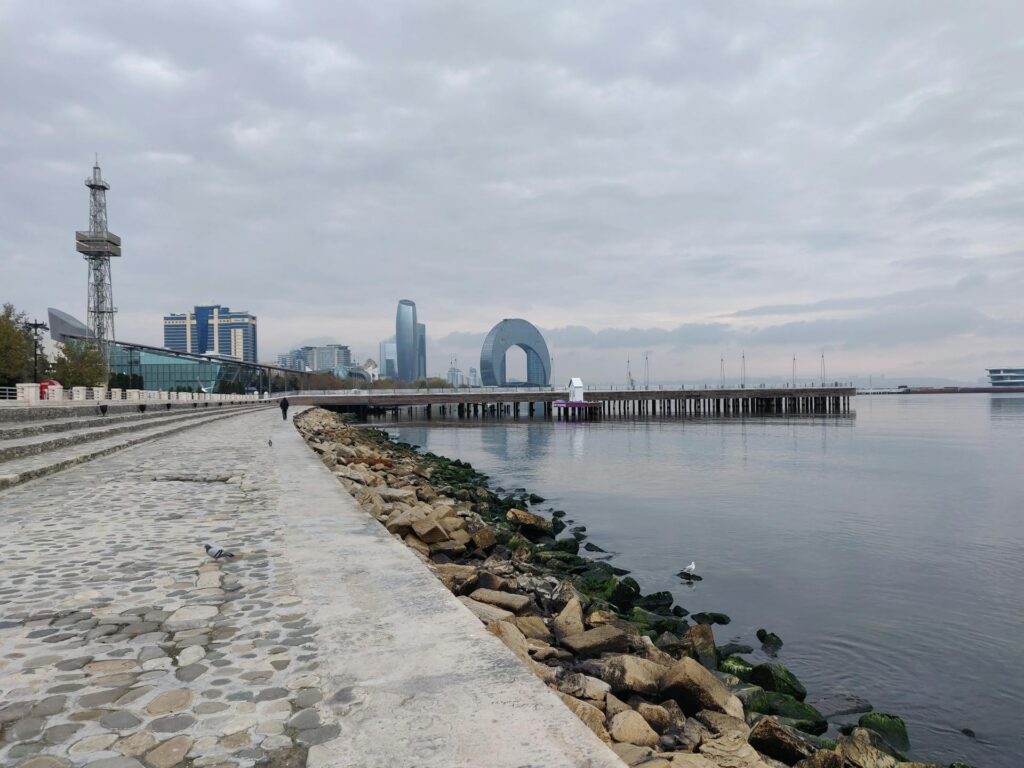
Fact 4: There are hundreds of mud volcanoes in Azerbaijan
Azerbaijan is home to one of the world’s most extensive mud volcano regions, with over half of the world’s mud volcanoes found within its borders. The country boasts several hundred mud volcanoes, each with its unique characteristics and features. These geological wonders are scattered across various regions, including the coastal areas along the Caspian Sea and the Gobustan region.
The mud volcanoes contribute to Azerbaijan’s distinct landscape, and some are even renowned for their therapeutic mud. Notable mud volcanoes in Azerbaijan include the ones in the Gobustan National Park and the famous “Yanardag” or “Burning Mountain,” known for its natural gas-fueled perpetual flames.
Fact 5: Azerbaijan is one of the world centers of carpet weaving
Various regions in Azerbaijan, such as Quba, Shirvan, Ganja, and Karabakh, have distinct carpet-weaving traditions, with each region producing carpets that reflect its unique patterns and motifs. Azerbaijani carpets often feature geometric patterns, floral designs, and symbolic elements that convey cultural meanings.
The craftsmanship of Azerbaijani carpets has been recognized by UNESCO, which has inscribed the traditional art of Azerbaijani carpet weaving on the Representative List of the Intangible Cultural Heritage of Humanity.
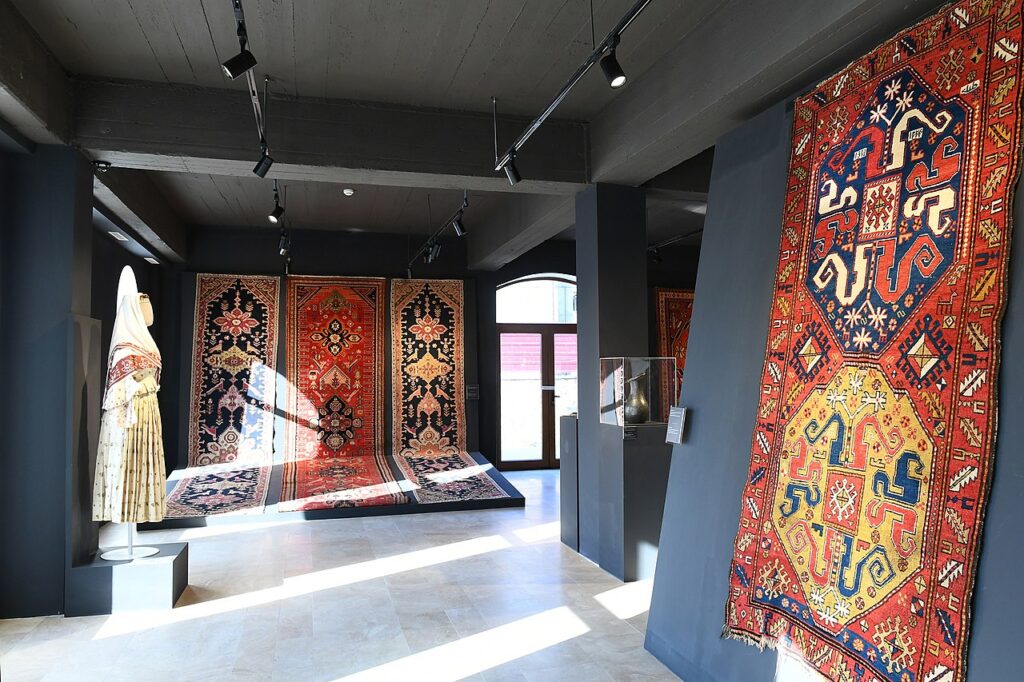
Fact 6: There are beaches with black sand in Azerbaijan
Azerbaijan features beaches along the Caspian Sea, and some of them have distinctive black sand. This unique coloration is often due to the composition of the local geological formations. The Caspian Sea coastline provides opportunities for beachgoers to enjoy the sun, sea, and sand.
One notable location known for its black sand beaches is the coastal area near the city of Sumgait. The beaches in this region, with their dark sand, offer a different experience compared to the more typical golden sand beaches found in other parts of the world. The Caspian Sea’s coastline in Azerbaijan is diverse, providing a range of beach experiences for both locals and visitors.
Fact 7: The center of old Baku is a UNESCO World Heritage Site
The historic center of Baku, known as the “Walled City of Baku with the Shirvanshah’s Palace and Maiden Tower,” is a UNESCO World Heritage Site. Designated in 2000, this site encompasses the core of Baku’s old city, also referred to as Icherisheher.
Key components of this World Heritage Site include:
- Maiden Tower (Qız Qalası): An ancient tower that is part of the city’s fortifications, often associated with legends and myths.
- Shirvanshah’s Palace: A complex of structures, including a palace, mosque, mausoleum, and other buildings, representing medieval architecture in Azerbaijan.
- City Walls: The fortifications and city walls that surround the old city, contributing to its historical character.
Note: If you plan to visit the country, check if you need an International Driving License in Azerbaijan to drive.
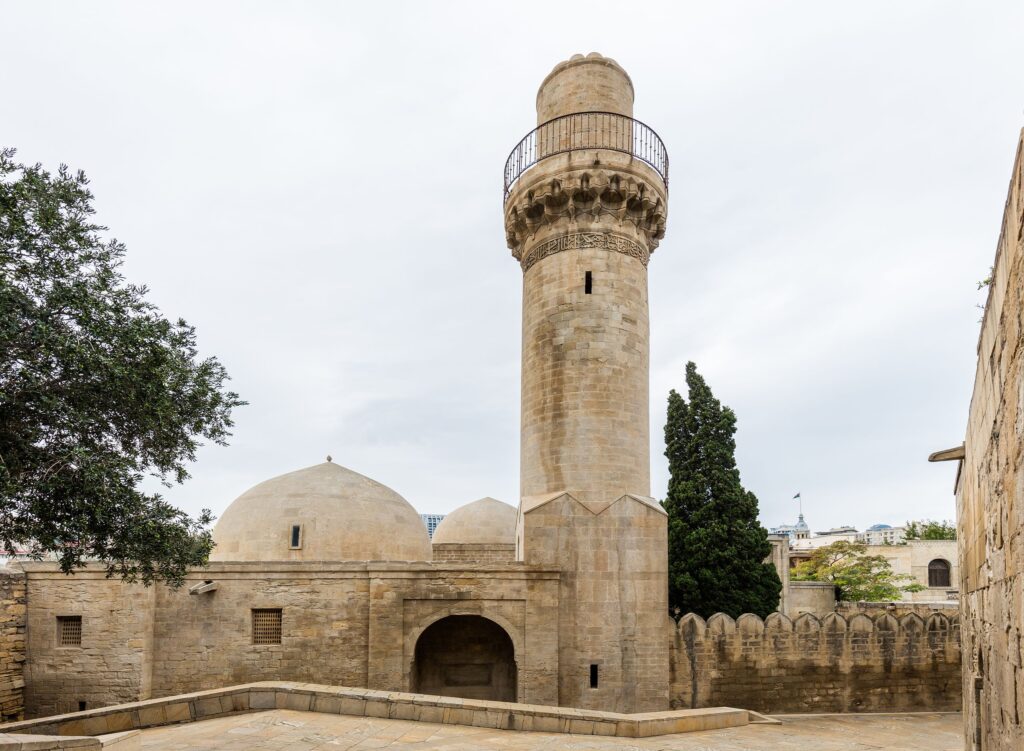
Fact 8: Azerbaijanis love tea
Tea holds a special place in Azerbaijani culture, and it is a widely cherished and consumed beverage. Azerbaijani tea culture is characterized by hospitality, socializing, and traditional rituals surrounding tea consumption.
Key aspects of Azerbaijani tea culture include:
- Tea Houses (Chaykhana): Chaykhanas are popular gathering places where people come together to enjoy tea, conversation, and sometimes traditional snacks. These establishments play a vital role in socializing.
- Black Tea: Black tea, typically served in small glass cups (armudu), is the most common type of tea consumed. It is often brewed strong and can be enjoyed plain or with sugar.
- Sweet Treats: Tea is often accompanied by traditional Azerbaijani sweets like pakhlava or shekerbura, creating a delightful pairing of flavors.
- Symbol of Hospitality: Offering tea to guests is a gesture of hospitality in Azerbaijani culture. It is customary for hosts to serve tea to visitors, fostering a warm and welcoming atmosphere.
Fact 9: About half of the territory is covered by mountains
Azerbaijan’s terrain is marked by an intricate tapestry of mountains, encompassing nearly 50% of its land. The majestic Greater Caucasus in the north, characterized by lofty peaks exceeding 4,000 meters, creates a dramatic backdrop. To the southwest, the Lesser Caucasus, adorned with peaks between 2,000 to 3,000 meters, showcases a diverse alpine landscape. In the southeast, the Talysh Mountains, with elevations around 2,000 meters, add a unique charm. This mountainous mosaic not only sculpts Azerbaijan’s geography but also shapes its climate, fostering a rich blend of ecosystems and cultural nuances.
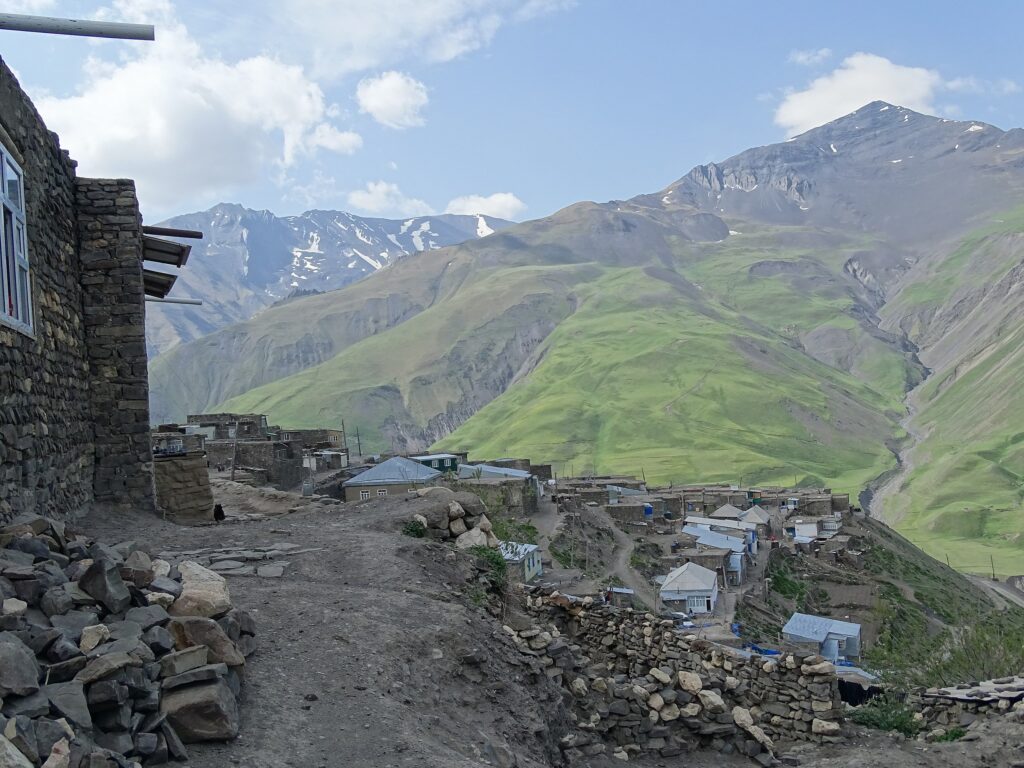
Fact 10: Azerbaijanis are Turkic people
Azerbaijanis, who are of Turkic descent, share strong cultural affinities with Turkey due to historical, ethnic, and linguistic connections. There is the so-called South Azerbaijan or Iranian Azerbaijan, a region in the northwest of Iran with a significant Azeri-speaking population. This area, historically linked to Azerbaijan, shares cultural ties and historical interactions with the Azerbaijani population on the other side of the Iran-Azerbaijan border. While these connections exist, it’s crucial to recognize the distinct political boundaries that separate Azerbaijan and Iran.

Published March 10, 2024 • 7m to read

